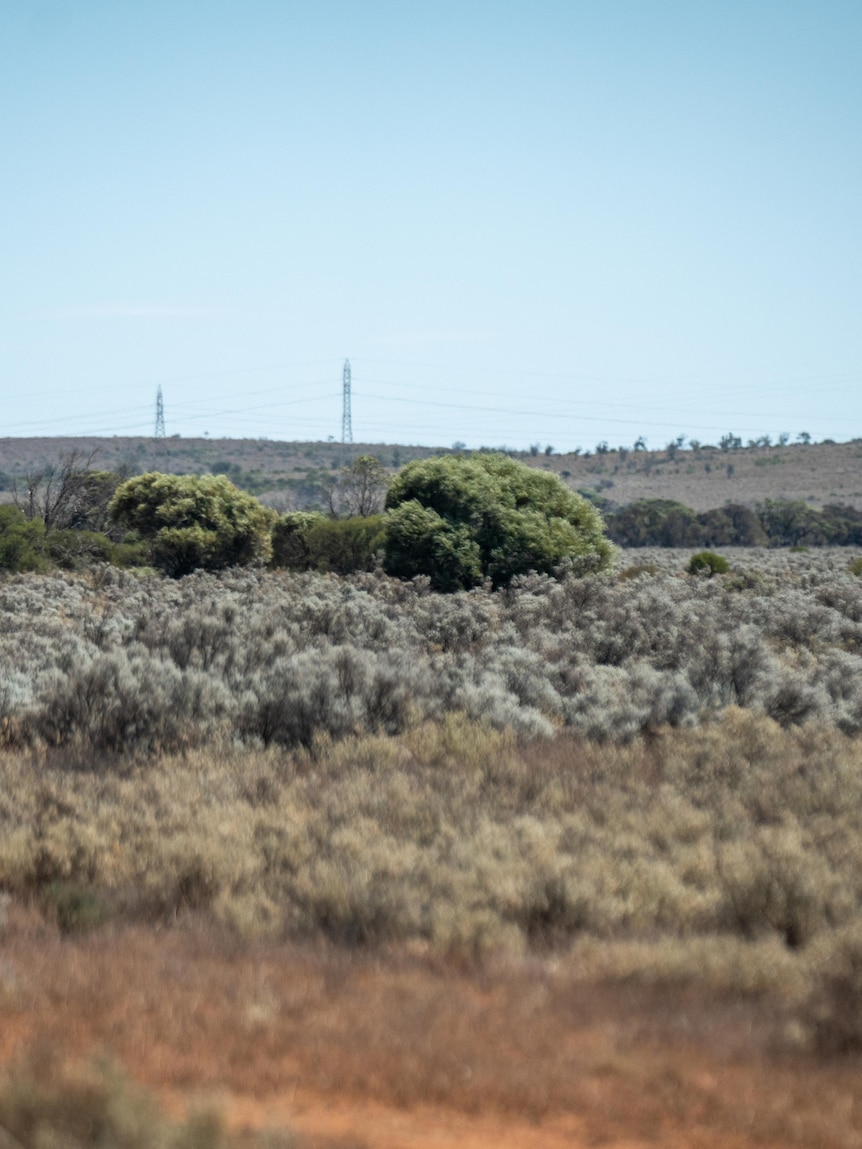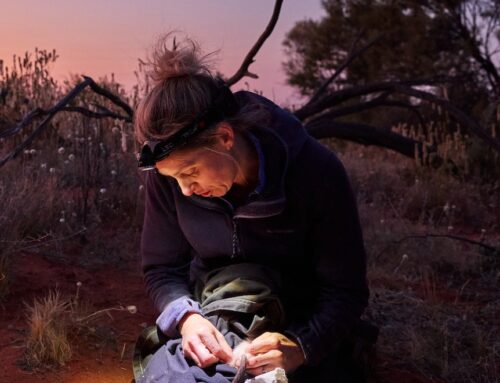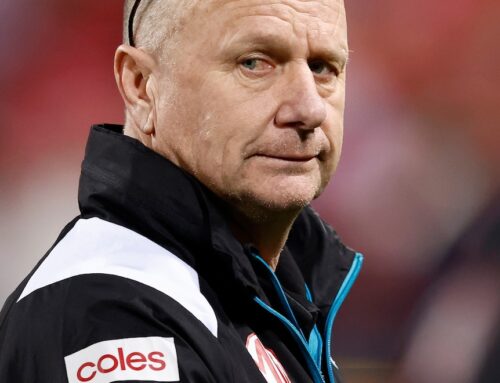It’s the game-changing, world-leading, price-lowering policy Labor didn’t hold back on selling ahead of the 2022 state election.
“It’s going to set us up for a future generation of prosperity,” then SA opposition leader, Peter Malinauskas, told journalists as he unveiled his so-called “Hydrogen Jobs Plan” three-and-a-half years ago.
At its heart sits a hydrogen power plant and storage facility, where excess renewable energy would be used to help create a fuel — hydrogen — which could be stored, used by industry, and power generators to run at times when the wind isn’t blowing, the sun isn’t shining, or when demand for electricity is high.
Making a promise in opposition is one thing, but actually delivering it in government is another, and the next three months loom as crucial for the project’s future.
A parliamentary committee was recently told work on “front-end engineering and design” was ongoing. (ABC News: Brant Cumming)
Despite the government having worked on the plan for two-and-a-half years — plus the time spent developing the policy in opposition — final procurement for the facility outside of Whyalla isn’t finished.
The head of the Office of Hydrogen Power South Australia, Sam Crafter, told a parliamentary committee last week it would be done by the end of the year.
“What we are now doing is the detailed early contractor work and the front-end engineering and design to understand the schedule delivery and the costs for our project,” he said.
The current budget for the build is $593 million — a figure which hasn’t changed since it was first announced in March 2021.
By way of reference, on three full years of data since then, the Reserve Bank of Australia calculates inflation over that period has been 16.8 per cent — or an average of 5.6 per cent per year.
When asked by ABC News this week if the current budget would be met, the premier conceded there were “challenges”.
“But there’s challenges in every project around the world in terms of their delivery,” he said.
Peter Malinauskas signing an agreement, earlier this year, to sell hydrogen to GFG Alliance. (ABC News: Stephanie Richards)
Mr Malinauskas added 700 people would be needed “to work on this” at a time of full employment.
“And that invites considerations from a number of respects, including cost,” he said.
“This is probably one of the most complex infrastructure projects in the country at the moment, in terms of its technical complexity, and that brings with it a lot of deliberations within government.”
Infrastructure costs ‘uncertain’: CSIRO
Experts at the CSIRO have their own warnings about the costs associated with hydrogen projects.
Paul Graham is the organisation’s chief economist for energy and lead author of its GenCost report, which is produced in collaboration with the Australian Energy Market Operator (AEMO).
Since 2018, the report has provided an annual update on “the costs of electricity generation, energy storage and hydrogen production.”
“The costs of green hydrogen infrastructure are all highly uncertain at this point in time,” Mr Graham told ABC News.
“This is because none of these technologies have yet been deployed at the scale that South Australia is planning.
“We look forward to getting a better understanding of these costs as South Australia’s procurement processes matures to final investment stage.”
While there is some uncertainty about exactly how much the plant could end up costing, the government has pushed back when it’s due to come online, from the end of next year to early 2026.
When asked if the 250-megawatt electrolyser to make hydrogen would be built by March of that year, Mr Crafter said “we are working to that time”.
“I can’t rule out anything that would happen in the normal course of project delivery,” he said.
“Obviously, I don’t have a magic wand to fix everything, but that’s what we are targeting.”
Ongoing ‘conversation’ about hydrogen for steel
The scope of the plant has been scaled back from the initial pledge, with the storage element slashed from 3,600 tonnes to 100 tonnes.
There are also question marks around one of the industry players slated to take hydrogen when it does start to be produced.
The owner of the nearby Whyalla steelworks, GFG Alliance, has indicated it would like to use hydrogen in its plan to transition to making green steel.
Elements of the project have been scaled back since the initial proposal was unveiled. (Supplied: SA Government)
Outside of signing an agreement in March to “explore opportunities for the supply of hydrogen” with the state government, further details appear to be scarce at this stage.
“We have a conversation about when they would need hydrogen and the amounts of hydrogen; we are trying to get to the bottom of understanding that with them,” Mr Crafter told the committee.
Then there are final approvals for the facility which are needed under the Commonwealth Environment Protection and Biodiversity Conservation Act as two bird species live in the area.
Plus, negotiations and agreement-making with the Barngarla Determination Aboriginal Corporation, the traditional owners where the plant would be constructed.
More details of the project, near Whyalla, are expected in coming months. (ABC News: Brant Cumming)
The premier insists his government is committed to the project and the opportunities it could open for South Australia.
“The policy is being delivered,” he said, of the hydrogen build, on Thursday.
It is also clear there’s still a lot to play out between now and Christmas.
By then, people should have a better idea of exactly how hectares of scrub alongside the Lincoln Highway will become home to the state’s hydrogen vision — or whether plans will instead change shape again, like a mirage on the road between Port Augusta and Whyalla.




